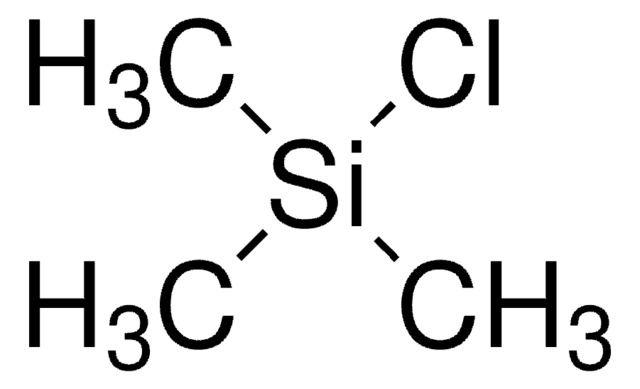94646
Poli(etilenglicole)
BioUltra, 35,000
Sinonimo/i:
PEG
About This Item
Prodotti consigliati
Nome Commerciale
BioUltra
Stato
powder or crystals (or flakes)
PM
Mr ~35000
Impurezze
insoluble matter:, passes filter test
≤0.005% peroxides (as H2O2):
pH
5.5-7.0 (25 °C, 50 mg/mL in H2O)
Punto di fusione
64-66 °C
Solubilità
H2O: 50 mg/mL at 25 °C, clear, colorless
Anioni in tracce
chloride (Cl-): ≤50 mg/kg
sulfate (SO42-): ≤50 mg/kg
Cationi in tracce
Al: ≤5 mg/kg
As: ≤0.1 mg/kg
Ba: ≤5 mg/kg
Bi: ≤5 mg/kg
Ca: ≤10 mg/kg
Cd: ≤5 mg/kg
Co: ≤5 mg/kg
Cr: ≤5 mg/kg
Cu: ≤5 mg/kg
Fe: ≤5 mg/kg
K: ≤200 mg/kg
Li: ≤5 mg/kg
Mg: ≤5 mg/kg
Mn: ≤5 mg/kg
Mo: ≤5 mg/kg
Na: ≤200 mg/kg
Ni: ≤5 mg/kg
Pb: ≤5 mg/kg
Sr: ≤5 mg/kg
Zn: ≤5 mg/kg
λ
50 mg/mL in H2O
Assorbanza UV
λ: 260 nm Amax: 0.12
λ: 280 nm Amax: 0.12
Stringa SMILE
C(CO)O
InChI
1S/C2H6O2/c3-1-2-4/h3-4H,1-2H2
LYCAIKOWRPUZTN-UHFFFAOYSA-N
Cerchi prodotti simili? Visita Guida al confronto tra prodotti
Descrizione generale
Applicazioni
- as a component of University of Wisconsin (UW) cold preservation solutions to stabilize the cell membrane of hepatocytes during temperature changes
- as a component of the supercooling solution to study supercooling preservation technique of the rat liver for transplantation and to protect against hypothermic injury
- to prepare aqueous phase for the fabrication of multicellular spheroid (MCS) cultures
Azioni biochim/fisiol
Codice della classe di stoccaggio
11 - Combustible Solids
Classe di pericolosità dell'acqua (WGK)
WGK 1
Punto d’infiammabilità (°F)
Not applicable
Punto d’infiammabilità (°C)
Not applicable
Dispositivi di protezione individuale
Eyeshields, Gloves, type N95 (US)
Scegli una delle versioni più recenti:
Possiedi già questo prodotto?
I documenti relativi ai prodotti acquistati recentemente sono disponibili nell’Archivio dei documenti.
I clienti hanno visto anche
Il team dei nostri ricercatori vanta grande esperienza in tutte le aree della ricerca quali Life Science, scienza dei materiali, sintesi chimica, cromatografia, discipline analitiche, ecc..
Contatta l'Assistenza Tecnica.



